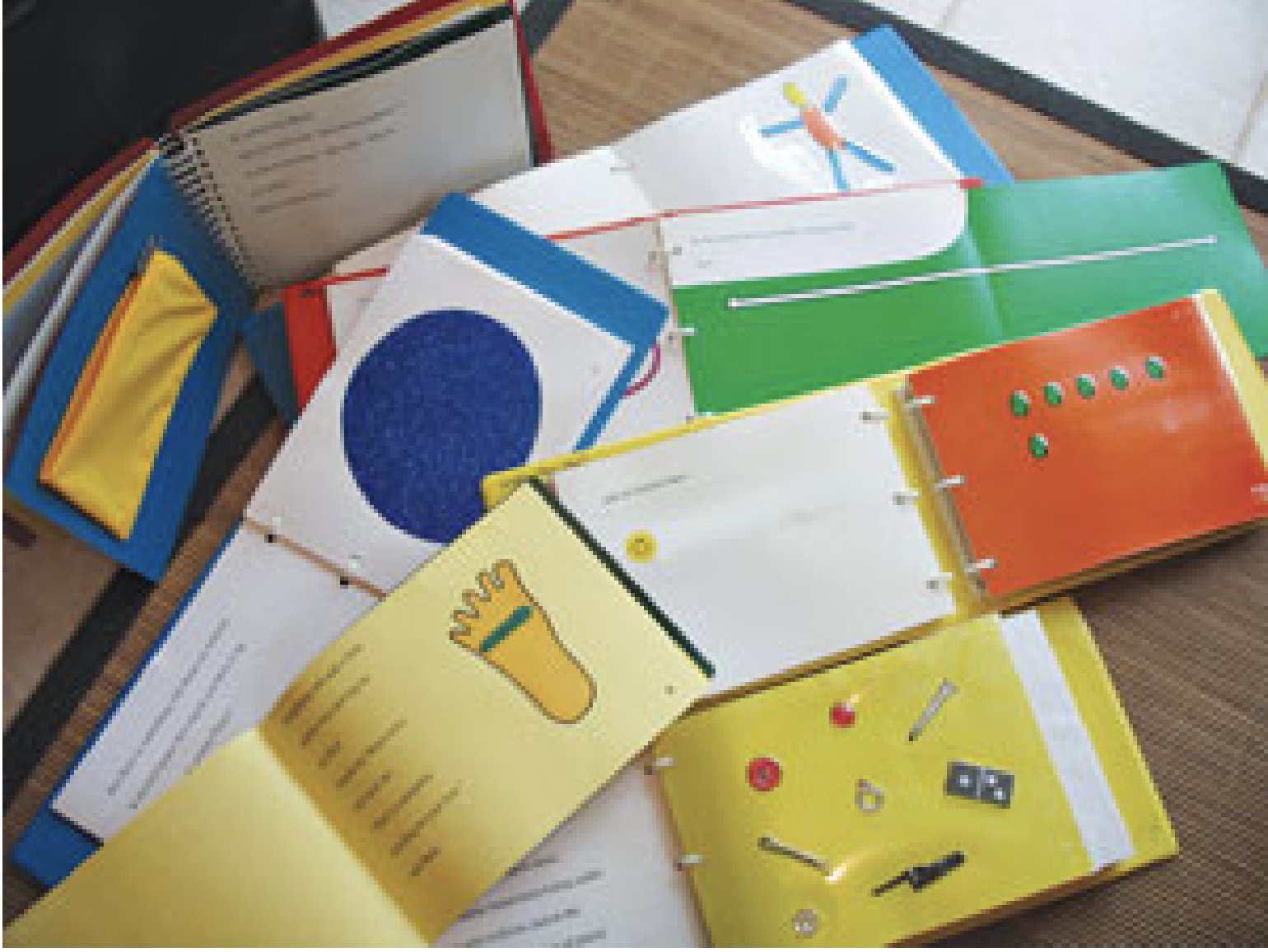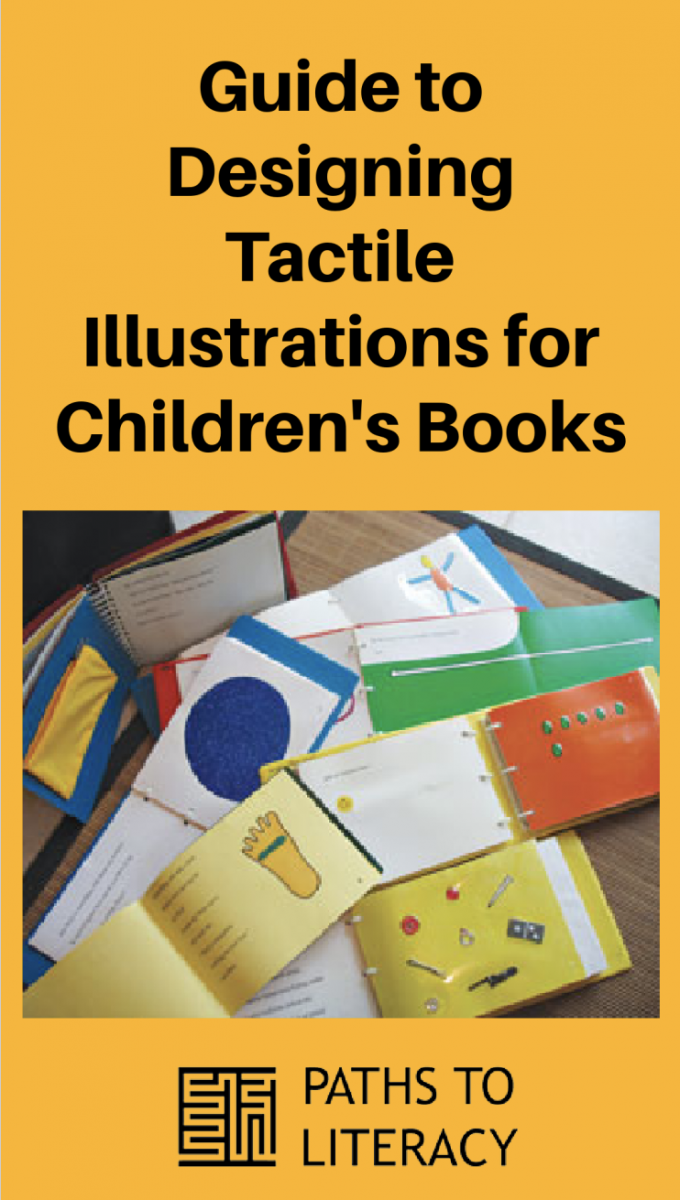Guide to Designing Tactile Illustrations for Children's Books
Submitted by Charlotte Cushman on Dec 20, 2020

Suzette Wright shares extensive tips and guidelines for designing tactile illustrations for children's books in this document from American Printing House for the Blind (APH). The guide is intended to provide information about:
- the role of illustrations—both visual and tactile—in books for a young child
- challenges and limitations of tactile illustrations
- factors that contribute to well-designed tactile illustrations
- considerations that must be addressed in order to design meaningful tactile illustrations
- information supporting an overall sequence of difficulty for various types of tactile illustrations
- types of tactile illustrations and the tools and materials needed to create them
Table of Contents
- Role of Illustrations in Children's Books
-
When a Child Has a Visual Impairment
- Story Box Objects
- Tactile Illustrations
-
Role of Tactile Illustrations in Children's Books
-
Types of Tactile Illustrations
-
Challenges and Limitations of Tactile Illustrations
-
Principles of Good Tactile Design
-
Designing a Meaningful Tactile Illustration
-
Begin with the child.
-
Consider the story/text.
-
Design the tactile illustration.
-
Present the tactile illustration.
-
Evaluate the tactile illustration.
-
-
Sequence of Difficulty for Types of Tactile Illustrations
-
Child's Development of Necessary Skills
-
Richness of Clues Contained in the Illustration
-
Object Illustrations—First
-
Raised Line Illustrations—Later
-
Intermediate Steps...
-
Thermoformed objects
-
Parts of objects
-
Texture-added illustrations
-
Distinctive details
-
-
-
Summary: Design Considerations for Types of Tactile Illustrations
- Creating Tactile Illustrations Using Real Objects
- Creating Tactile Illustrations Using Thermoformed Images of Objects
- Creating Tactile Illustrations with Raised Lines and Shapes
-
References
See the full list of guidelines.

